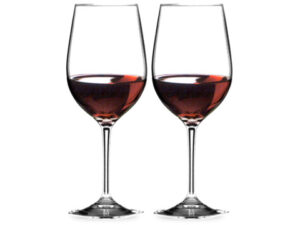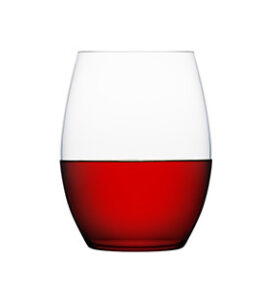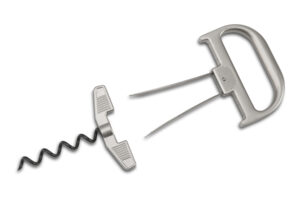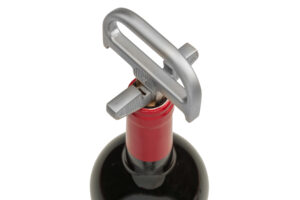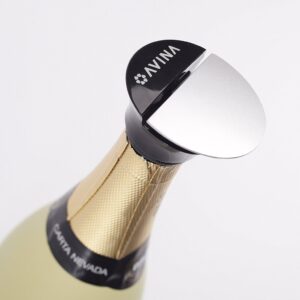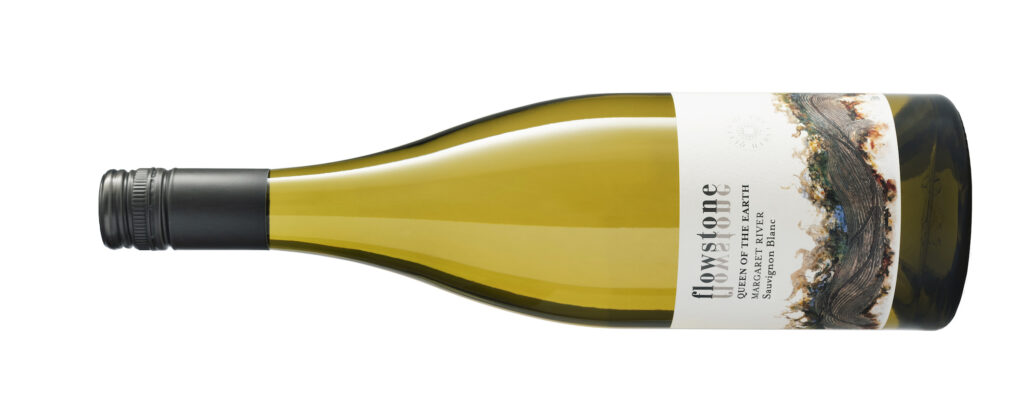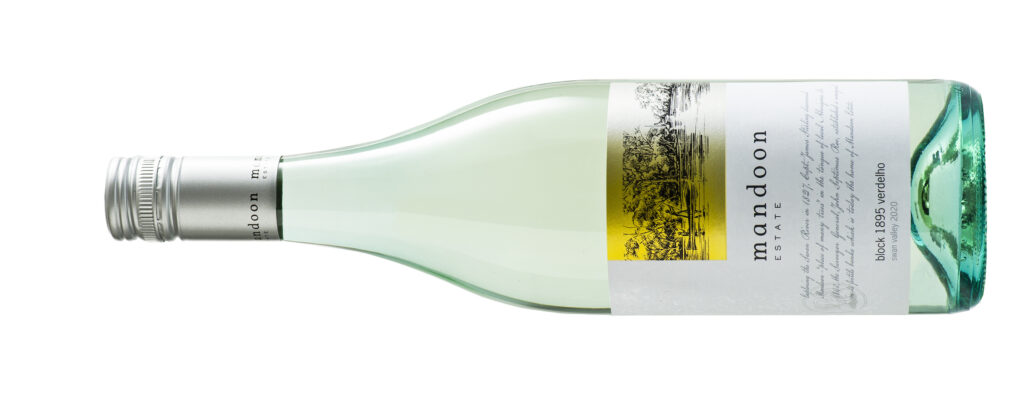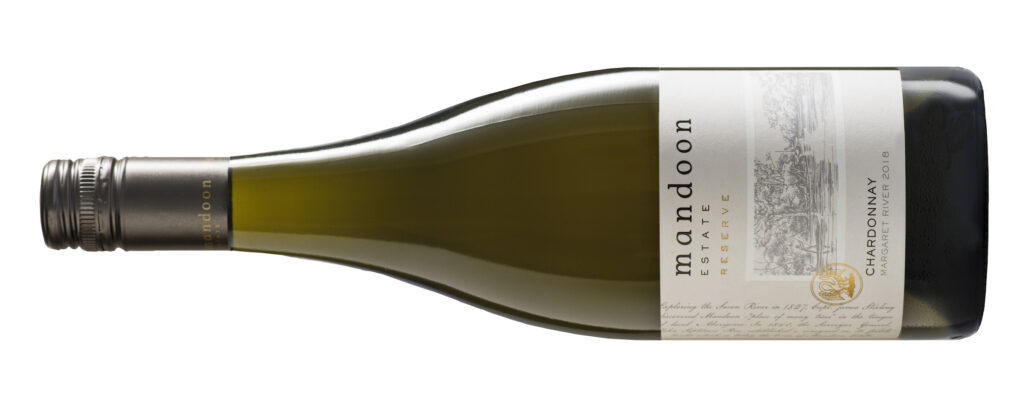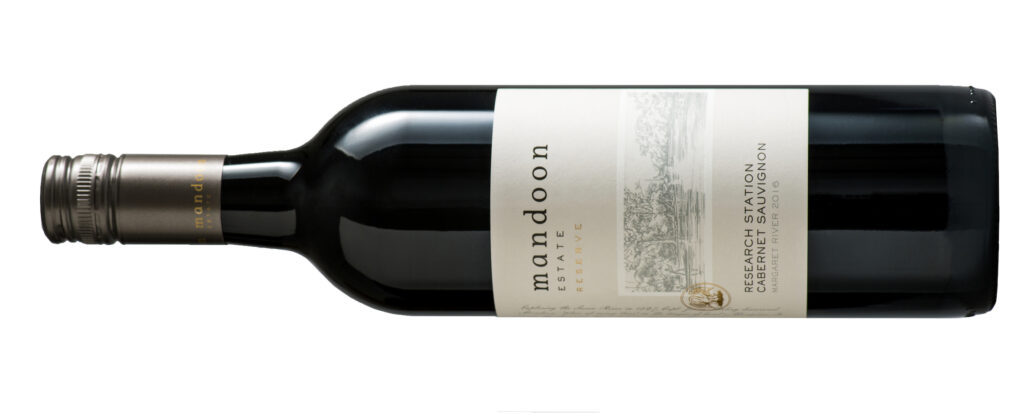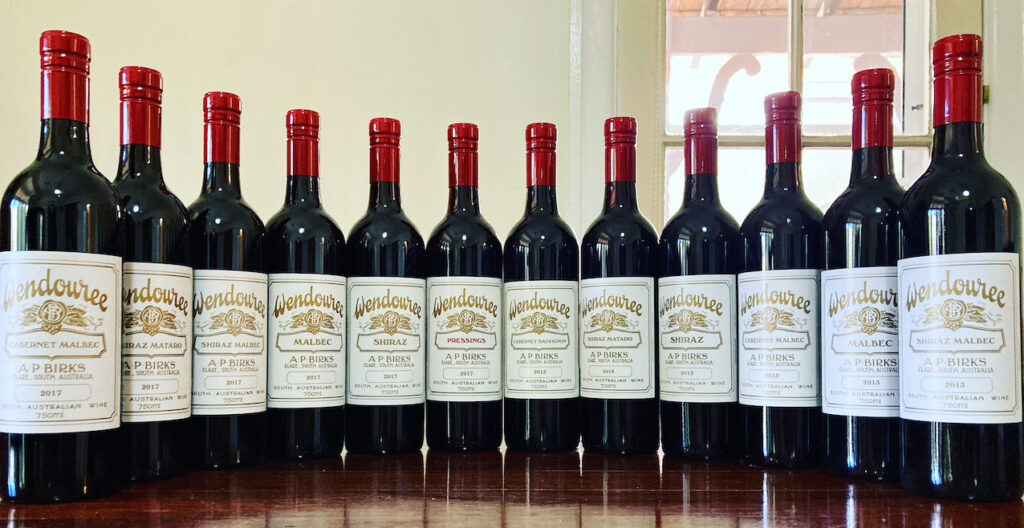Champagne Bargains: January 2021
Barry Weinman: 31st January 2021
Almost everyone loves Champagne and sparkling wine. There is a touch of mystique, an air of celebration and sense of achievement. But this all comes at a cost. There is no such thing as a cheap Champagne!
But having tried a cross-section of wines currently available, there are a number of bargains out there. (I have ordered a 6 pack of each of the below, given how good the prices are).
Piper Heidsieck – 2012 – Vintage Champagne. $61.75
There are small stocks of the brilliant 2008 available in some stores, but the 2012 is widely available and is almost as good. This is good value at the usual price, but First Choice has this for an unbelievable $61.75 in any six pack.
The great news is that Dan Murphy and Vintage Cellars will both price match this!
Charles Heidsieck – Brut Reserve – NV. $77
This is my benchmark NV Champagne and the sparkling wine that I have drunk the most of over the last few years. Winesquare has this for only $77/bottle. You will need to call Rosa direct on 02 9098 8600 or email rosa@winesquare.com.au and mention that you heard about it through Fine Wine Club.
Laurent Perrier – Vintage – 2008. $85
This is a fine, taut, age-worthy style from the brilliant 2008 vintage, and Winesquare has this for under $85. To me, this is a wine that would really benefit from five years in the cellar, so perhaps buy something else if you want current drinking pleasure. Again, you will need to call Rosa direct on 02 9098 8600 or email rosa@winesquare.com.au and mention that you heard about it through Fine Wine Club.
Veuve Monsigny – Premier Cru – NV. $30
This Aldi exclusive is made by Philizot & Fils and is an outstanding wine for the $30 price. Fine, elegant and with decent length, it ticks all the boxes. Sure, it is not overly complex, but it is refreshing and moreish. A no-brainer.
Whilst not on a huge special, these Australian wines need to be included in this review, as they offer value (and quality) equal or greater than any of the French wines reviewed.
Any sparkling wine by Sittella. The winery is out of stock of their two top wines but the excellent Cuvée Blanc is still in stock at Dan Murphy
Any wine made by Arras. If you can’t afford the Grand Vintage, then the Brut Elite (labelled 15/01 on the neck capsule) is a brilliant alternative.
Reviews
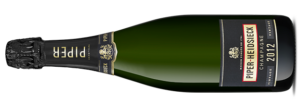
Piper Heidsieck – Vintage – 2012. Altogether more complex and deeper than the NV, with rich brioche and dough characters. A lively mousse gives way to a palate which is finer and more elegant, with subtle berry fruit notes and a touch of pear. The finish is a delight, with supple texture, fine acidity, excellent persistence and length. An excellent follow-up to the 2008 and a tremendous bargain when on sale. 93pts – $90

Charles Orban – Blanc de Blancs – NV. Pale yellow colour, and fine mousse notable in the glass. Restrained and taut, with a slightly chewy texture, this has intrinsic depth and structure. An impressive wine that is excellent value (Dan Murphy/BWS). 92pts – $55.
Veuve Monsigny – Premier Cru – NV. This is quite excellent. Fine and elegant, with ripe citrus acidity and very good length. Not complex, but very satisfying. I would be pleased to have another glass. Brilliant value at $30 from Aldi. 91pts – $30









